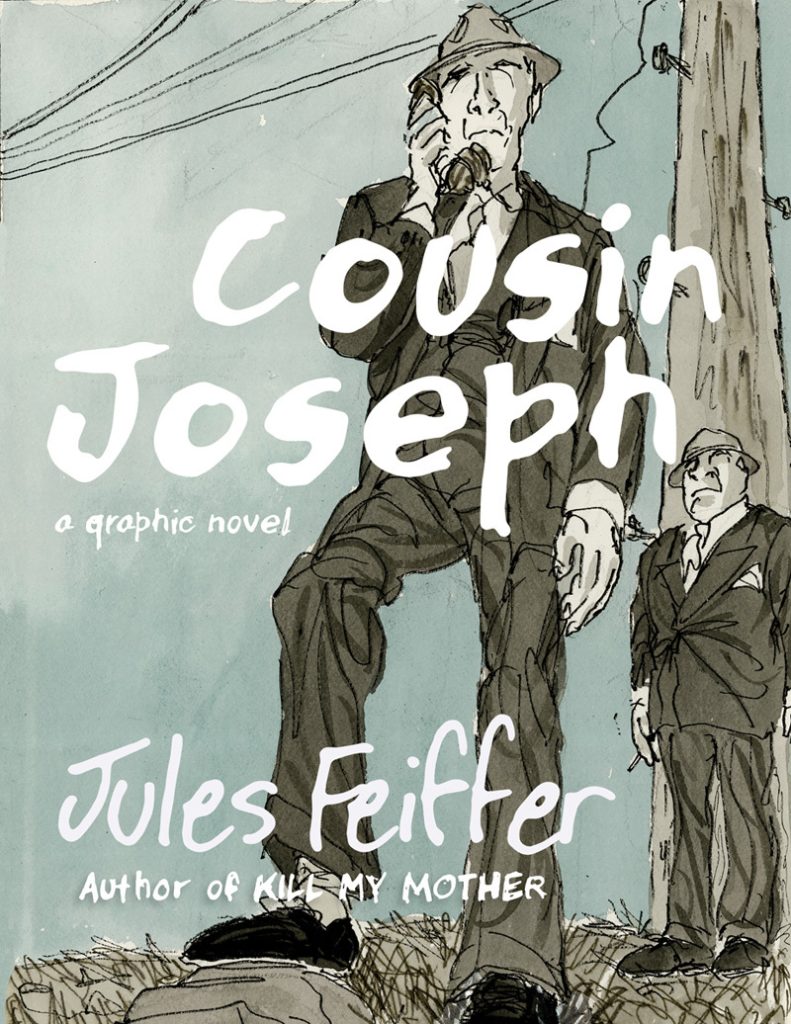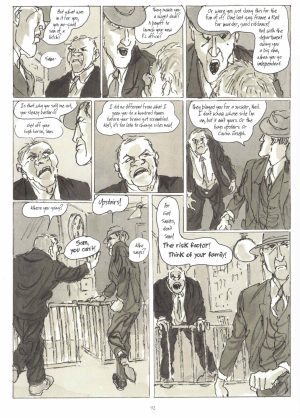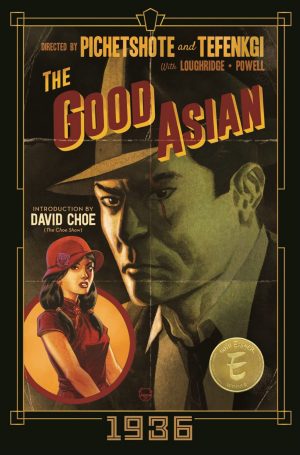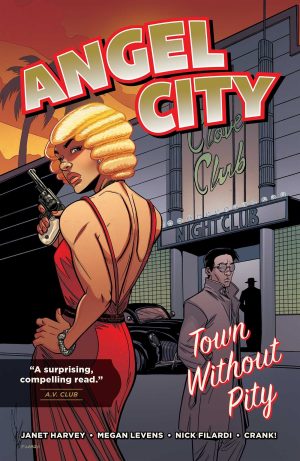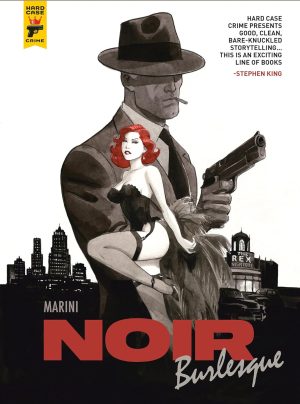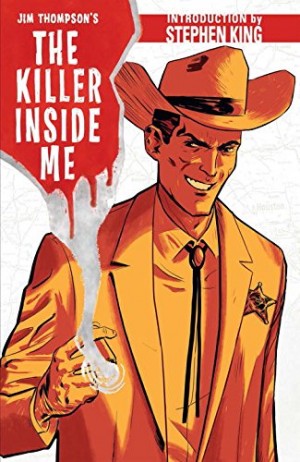Review by Colin Credle
Author and illustrator Jules Feiffer’s continuation of Kill My Mother is a prequel populated with the same characters, primarily Private Eye Hammond before he became an apathetic drunk. One mystery in Kill My Mother is who killed Sam Hannigan and why would they kill him? In Cousin Joseph Feiffer introduces Sam Hannigan and tells the tale of where, when and why he was killed. Hannigan leads the narrative, but it’s not clear if he’s a confused knight in shining armour or just a simpleton bruiser. He wants to do the right thing in defending America and saving it from the Reds, but while his intentions are good, his actions are often violent and with unintended consequences. As a tribute to the noir genre, Feiffer’s Hannigan wrestles with his moral compass, with making the right decisions and with sticking to his guns.
Feiffer’s illustrations are distinctive in their squiggly mess that combines into distinct forms. You can clearly see his drawing process, his lines figure prominently, but Cousin Joseph has more fight scenes than the previous instalment. Most of these are devoid of motion and absent of sounds, and Feiffer’s distinct style falls short with the fight scenes. The bodies, fists and blackjacks all collide correctly, but the odd silence, juxtaposed sequences with no panels and squiggly sketching take some deciphering.
It’s 1931 in the USA, there are Reds, Unions and strikes at the cannery. The mysterious “Cousin Joseph” is bribing Hollywood Directors to stay “American” and stop making movies with Communist narratives. Feiffer ties together a few vignettes between characters and then briefly interrupts with lengthy diatribes on what it means to be American. Although some of Feiffer’s notions of being American seem dated, in some spots they ring true. These lengthy explanations also use words like “cosmopolitan”, which in the 1930s was a euphemism for Jews. Jews figure prominently in the story as rich, bullied and persecuted. The capitalists are mysterious, remote, surrounded by bruisers, beating up whomever threatens their position and distrustful of Jews. Anyone with means in Cousin Joseph is engaged in questionable behaviour.
The vignettes Feiffer ties together don’t quite fit seamlessly. In fact, one or two come across as short gags that don’t contribute to the overall story. Robber baron Knox has an odd daughter, Valerie Knox, who pays boys and men a dollar to look at their penis. Valerie writes about it in her diary. The connecting of awkward vignettes and gags is evident in Kill My Mother too, but by the time we get to Cousin Joseph it starts to hamper the story. It’s zany, it can be silly, but this far into the tale it dissipates and distracts from the narrative.
This is Sam Hannigan’s story. Cousin Joseph is Hannigan’s shadow employer. Industrialist Knox hires Hannigan to bust up the unions and strikes. Hannigan’s wife Elsie and daughter Annie make a brief appearance. He tries to do the right thing, but it takes time to figure out what exactly doing the right thing means. We know he’s killed as we learned of his demise in Kill My Mother, but by the end of Cousin Joseph, it’s questionable if it was worth bringing these characters back to explain Hannigan’s death. The cast return in The Ghost Script.
